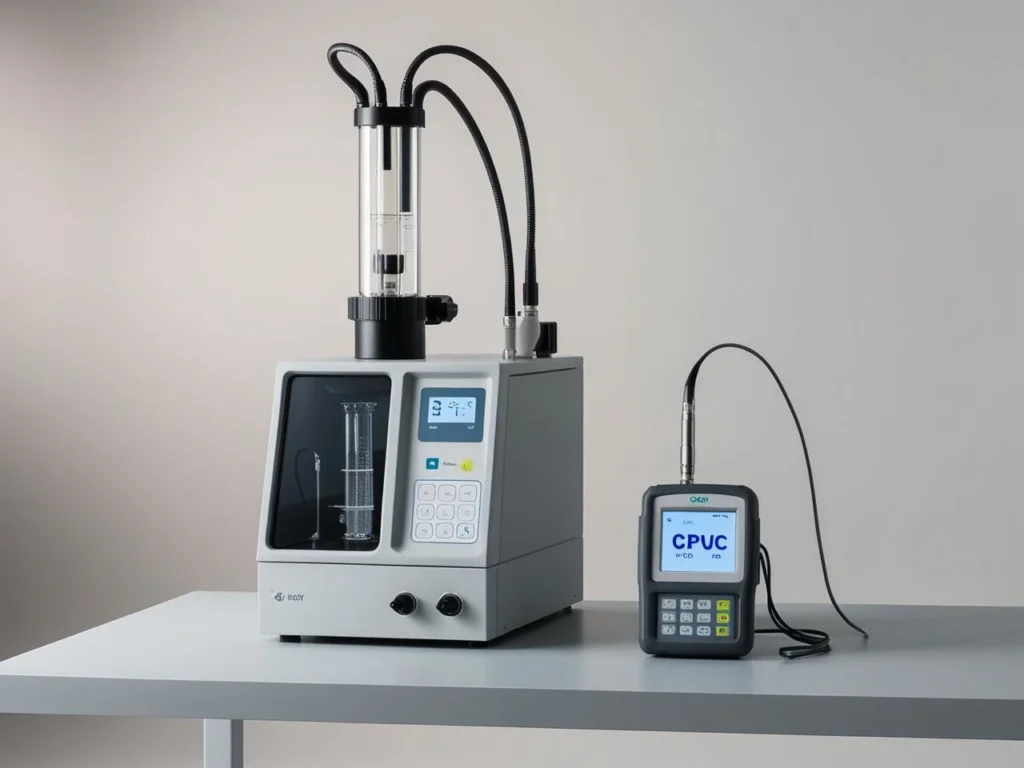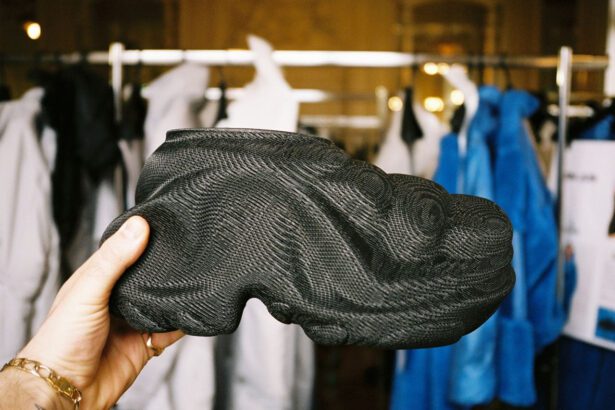Introduction
3D printing has revolutionized manufacturing, empowering hobbyists and professionals alike to produce intricate parts quickly and affordably. However, recent studies have raised significant concerns about benzene, a harmful carcinogen emitted during filament extrusion. In this guide, we explore the scientific warnings, health implications, and practical solutions to minimize toxic VOC exposure—and keep your indoor air safe.
Understanding Benzene Emissions: Why It Matters
Before diving deeper, it’s crucial to understand what benzene is and why its presence in 3D printing environments is a serious concern.
What is Benzene?
- Volatile Organic Compound (VOC): A class of chemicals that evaporate at room temperature.
- Group 1 Carcinogen: Classified by the International Agency for Research on Cancer (IARC).
- Health Risks: Linked to leukemia, respiratory issues, and neurological damage.
“Benzene exposure from desktop 3D printers can rival emissions from light industrial solvents.”—Héctor García‑González, Instituto Nacional de Silicosis (en.wikipedia.org)
Benzene and 3D Printing
- ABS Filament: Emits benzene when heated above ~230 °C.
- Indoor Risk: Homes and offices often lack proper exhaust, allowing VOCs to accumulate.
Key Scientific Findings
- IARC Classification: Group 1 carcinogen—no safe exposure level.(en.wikipedia.org)
- Emission Rates: ABS prints can release up to 1.8 μg/m³ benzene—double some indoor limits.(en.wikipedia.org)

How Benzene is Released During 3D Printing
Understanding the mechanics of filament extrusion clarifies where and why benzene enters your air.
The Science of Emissions
- Thermal Decomposition: At high temperatures, the styrene component of ABS breaks down, releasing benzene vapors.
- Temperature Correlation: Emissions spike above 220 °C, peaking near 230 °C.
PLA vs. ABS Filaments
| Filament | Print Temp | Relative Benzene Emissions |
|---|---|---|
| PLA | ~190 °C | Low |
| ABS | ~230 °C | High (up to 5× PLA) |
Supporting Research & Real‑Life Case
- García‑González & López‑Pola: Measured 6,400 particles/cm³ (EEPS) and 1.28 μg/m³ benzene during ABS prints. (en.wikipedia.org)
- Case Study: A UK maker experienced persistent headaches and throat irritation after 48 hours of ABS printing—symptoms resolved only after installing a HEPA‑filtered extractor fan.
Health Risks of Benzene Exposure from 3D Printing
Even short-term benzene inhalation can trigger symptoms; long‑term exposure carries serious disease risk.
Immediate Health Effects
- Throat & eye irritation
- Headaches & dizziness
- Fatigue & nausea
Long-Term Consequences
- Cancer Risk: Chronic exposure is strongly linked to leukemia.
- Respiratory Illness: Workers printing ≥ 40 hours/week report higher rates of asthma and rhinitis.
“Prolonged benzene inhalation can damage bone marrow, leading to blood disorders and cancer.”—World Health Organization (fr.wikipedia.org)

Measuring Benzene and VOC Emissions from 3D Printers
Accurate measurement is the first step to control.
Laboratory Methods
- GC‑MS Analysis: Gold standard for VOC detection.
- Tenax® TA Tubes: Capture VOCs at 50 ml/min for 100 minutes, then lab analysis.
Real‑Time Monitoring
- Condensation Particle Counter (CPC): Tracks particle concentrations (0.01–1 µm).
- Engine Exhaust Particle Sizer (EEPS): Measures nanoparticle size distribution (0.0056–0.56 µm).
DIY Home Monitoring
- Buy a VOC‑capable air quality monitor (e.g., Awair, uHoo).
- Place the sensor near the printer at head height.
- Log readings during long prints to spot spikes.
Pro Tip: Use low‑cost lab services for GC‑MS analysis of Tenax tubes if you need definitive benzene concentration data.
Practical Strategies to Reduce Benzene Exposure
Implement these steps to maintain a healthier printing environment:
1. Optimize Ventilation
- HEPA/Carbon Filtration Extractor: Install directly on the printer enclosure.
- Exhaust Fans & Windows: Create cross‑ventilation paths.
2. Choose Low‑Emission Filaments & Temperatures
- PLA or PETG: Emit significantly fewer VOCs than ABS.
- Lower Temps: Aim for the filament manufacturer’s minimum recommended temperature.
3. Enclose & Clean Your Printer
- Vented Enclosure: Seal sides and top; attach filtered extraction.
- Routine Maintenance: Wipe down surfaces, clear filament residue weekly.
Benzene Safety Checklist
- Adequate ventilation in printing area
- Low‑VOC filament selected (PLA/PETG)
- Quality extractor or air purifier installed
- Regular indoor air quality testing
Official Guidelines: Refer to the EPA Benzene Fact Sheet and WHO Indoor Air Quality Guidelines for exposure limits and recommendations.
Future Regulations on Benzene Emissions in 3D Printing
As evidence mounts, regulatory bodies are poised to act:
Current Landscape
- No specific benzene limits for 3D printing.
- General indoor air quality standards may not cover desktop printers adequately.
Emerging Trends
- OSHA and EPA are evaluating VOC emission guidelines for additive manufacturing.
- Early proposals in the EU suggest possible thresholds for home and educational settings.
International Initiatives
- The European Union’s ECHA is reviewing chemical emissions, potentially adding 3D printing to restricted uses.
- WHO’s upcoming Indoor Air Quality revision may explicitly mention desktop 3D printing.
Conclusion: Take Control of Your Printing Environment
Awareness and proactive measures are vital. By integrating expert‑backed strategies, real‑life case lessons, and actionable checklists, you can safeguard your health and enjoy the benefits of 3D printing.
Stay informed, stay safe, and keep innovating responsibly.
Frequently Asked Questions (FAQ)
PLA emits far fewer VOCs and negligible benzene compared to ABS, due to lower printing temperatures and its bio‑based composition.
Benzene emissions rise significantly above ~220 °C, peaking around 230 °C. Staying near 220 °C can reduce—but not eliminate—emissions.
Use a consumer VOC monitor in tandem with Tenax® TA tubes sent for GC‑MS analysis to get precise benzene readings.
Yes—with proper ventilation, enclosure, and low‑VOC filaments. Unventilated ABS printing can pose serious risks.
Combine a HEPA/carbon filter extractor mounted on a sealed printer enclosure with cross‑ventilation (window + exhaust fan).




